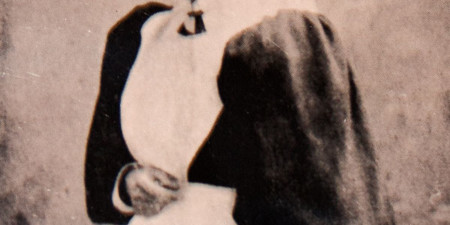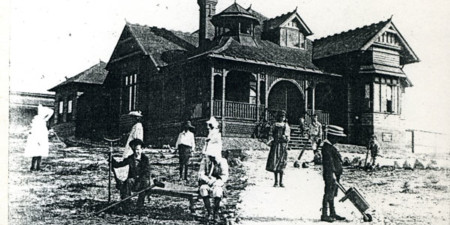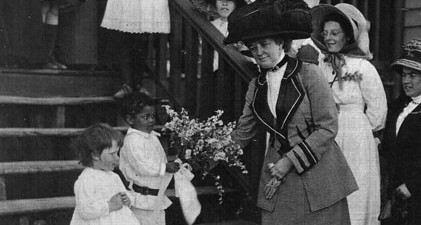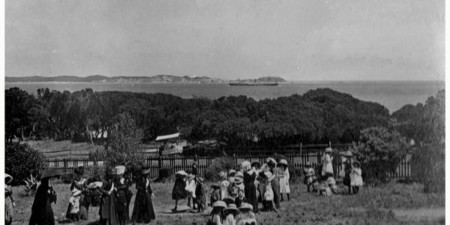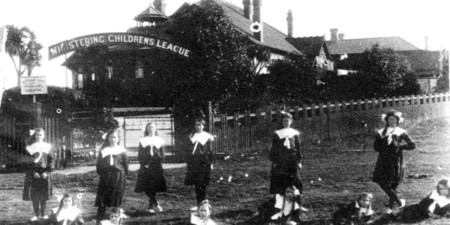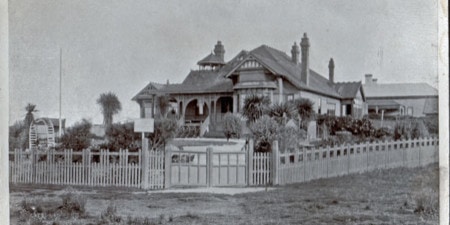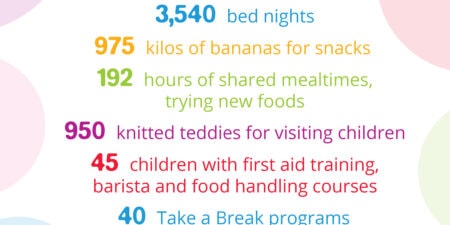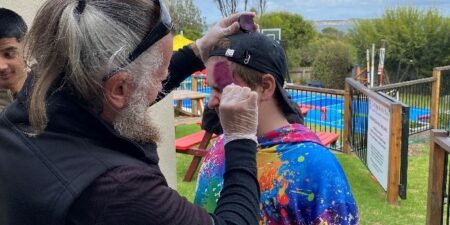Restoration and health (1890-1920)
 Our History
Our History
Restoration and health in the early days of the Cottage (1890-1920)
Cottage by the Sea has a proud history of helping children in need since 1890. It was established and run by the Ministering Children’s League (MCL), a non-denominational charity started in England by the Countess of Meath. Originally it catered for convalescing children but today provides Inspiration, Fun and Opportunity for a wide range of young people disadvantaged or marginalised for many reasons.
Elizabeth Calder and Annie Hitchcock established the MCL in Victoria and worked tirelessly fundraising and travelling across Victoria and interstate to encourage the formation of branches. By 1892 they had raised sufficient funds to purchase land and build a home. Then, as now, the Cottage has relied on fundraising and donations and receives no government funding for operations and programs. The original Cottage was designed by architect Beverley Ussher of Melbourne and built by J C Taylor of Geelong. The land, fencing and building cost £1,212. The timber Cottage contained 12 large rooms, a lookout tower, passages, vestibules and a hall with a large playroom. All were fitted throughout with cupboards, linen presses, baths, etc. An adequate water supply was provided and the garden laid out and fenced by a picket fence.
By 1895 Cottage by the Sea had been furnished and the roomy verandas built. It was ready to accept children and was officially opened by Lady Brassey in December, 1895. Initially the Cottage provided care for twelve ‘convalescent and other children in need of change of air and scene, a place to which they may come for restoration and health’. The children stayed for a fortnight at a time but this was extended if Matron thought a longer time was needed for recovery. The number of children attending each month varied greatly and the Cottage was closed for a couple of months in the middle of the year. In 1916 Matron reported ‘326 children had passed through the Cottage – a record so far for any year’.
Children were sent to the Cottage to convalesce from typhoid fever, rheumatic fever, diphtheria, pneumonia, spinal disease and hip disease. They usually came by boat and occasionally by train, which terminated in Queenscliff. They were cared for by a matron, assisted by nurses and support staff. In the first 10 years there were four but then, in 1906 Amelia Chinn started. She was the longest serving Matron and ran the Cottage until her death in 1928. From 1906-24 Matron Chinn was assisted by Nurse Hope Lee, who returned herself as a Matron in 1947.
In 1912 The Calder Memorial Wing was built – a small 4 bed ward, a nurse’s room and much needed presses for the children’s clothes and baskets for the house linen. This wing was intended as an isolation ward in case of infectious diseases, such a measles, which had been a problem. In 1919 the Queenscliff Council requested the Cottage be made available for any patients of the influenza epidemic. The Calder Wing was kept empty as an emergency ward and no more children were sent until authorities felt it was safe.
During World War 1 there were concerns that the proximity of the Queenscliff Fort and associated soldiers and guns would impact on children staying at the Cottage but this proved not to be the case. So after a very brief closure it was deemed safe for children to again attend the Cottage and business was as usual for the remainder of the war years.
The lifeblood of the Cottage has always been its community of dedicated people whose unerring commitment, through good times and bad, has helped it endure and grow to meet increased demands. These demands have changed over time from convalescence to a wider range of social and emotional needs but the emphasis remains on “restoration and health”.

